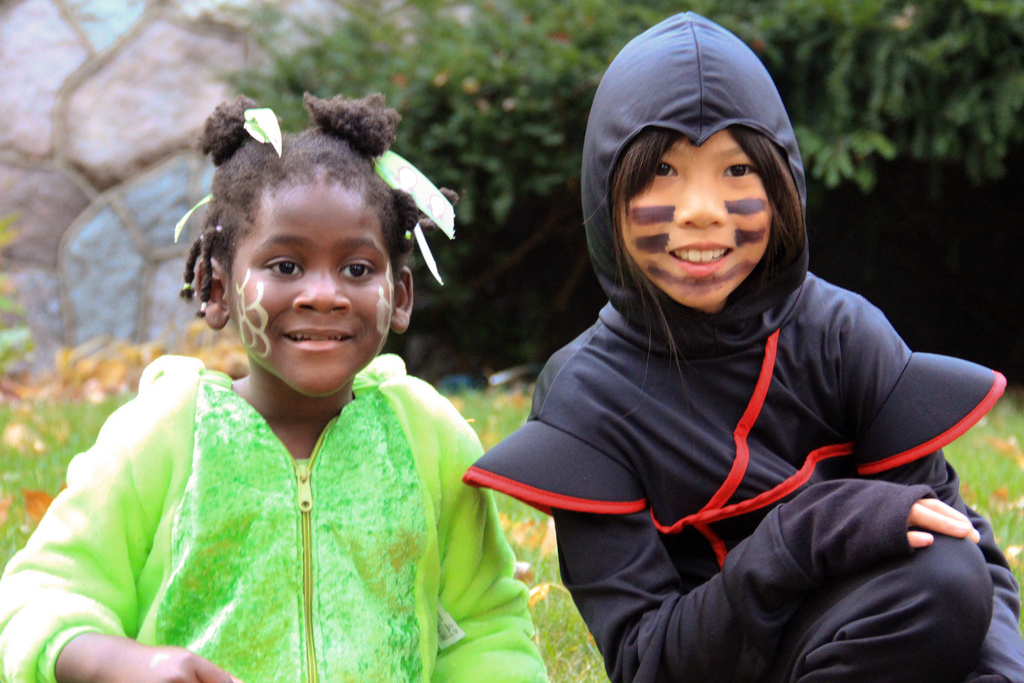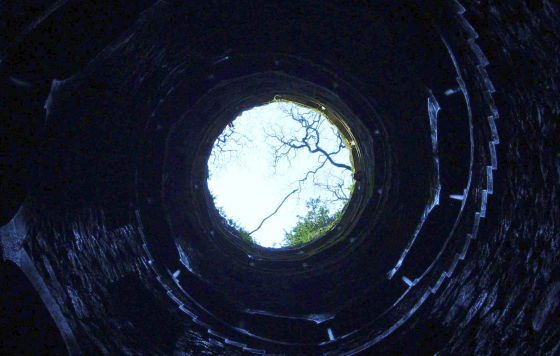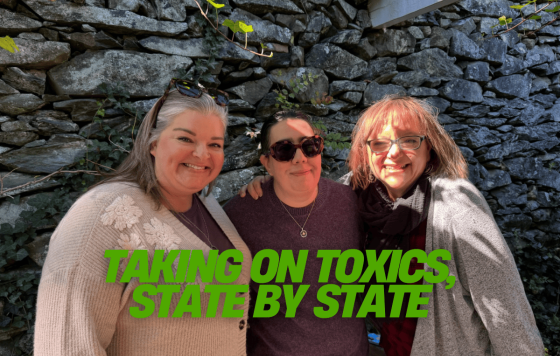
This blog post is by a member of the Coalition for a Safe and Healthy Connecticut.
October is Children's Health Month and what we do to the environment impacts children’s health. As a pediatric and public health nurse, we didn't learn much about environmental health other than a bit about air and water pollution and always thought of pollution as outside the home or workplace, coming from a discharge pipe or a smokestack.
Over the past few years, our understanding of environmental health has expanded significantly. We now know that the indoor environment is filled with toxic chemicals and is often more polluted than the outdoors. Toxic chemicals in consumer products that we use every day are found in breast milk, blood, and even umbilical cord blood, and these chemicals are often toxic to the brain and nervous system, cause cancer, and disrupt hormones. Analyses of umbilical cord blood show that babies are born with an average of more than two hundred toxic chemicals in their blood including pesticides, hormone disrupting chemicals, and other toxic industrial chemicals linked to impaired neurodevelopment.
The presence of toxic chemicals in products is alarming, particularly in products made for and marketed to children. Some examples of toxic chemicals include chemical flame retardants found in crib mattresses, nap mats, and nursing pillows. Flame retardant chemicals are highly toxic, don't provide any fire safety benefit, and are toxic to the brain and nervous system, and linked to cancers. A recent report by the Campaign for Safe Cosmetics and co-released by Clean Water Action, Pretty Scary 2: Unmasking toxic chemicals in kids makeup, found numerous harmful chemicals in children's makeup and face paint often used for Halloween.
Neurobehavioral disorders, including autism spectrum disorder and attention deficit hyperactivity disorder now affect 10-15% of children and the prevalence seems to be on the rise. Leading scientists and physicians note that only about 30% to 40% of these can be explained by genetic factors and believe that environmental exposures to neurotoxic chemicals is likely a cause.
Clean Water Action and the Coalition for a Safe and Healthy Connecticut works hard to raise awareness on the health impacts of exposure to toxic chemicals and to reduce exposure by reforming chemical policies and urging manufacturers and retailers to shift away from using these chemicals in products. As we celebrate Halloween and Children's Health month, let's all work to urge policy makers and corporate leaders to demand safe products for children.


